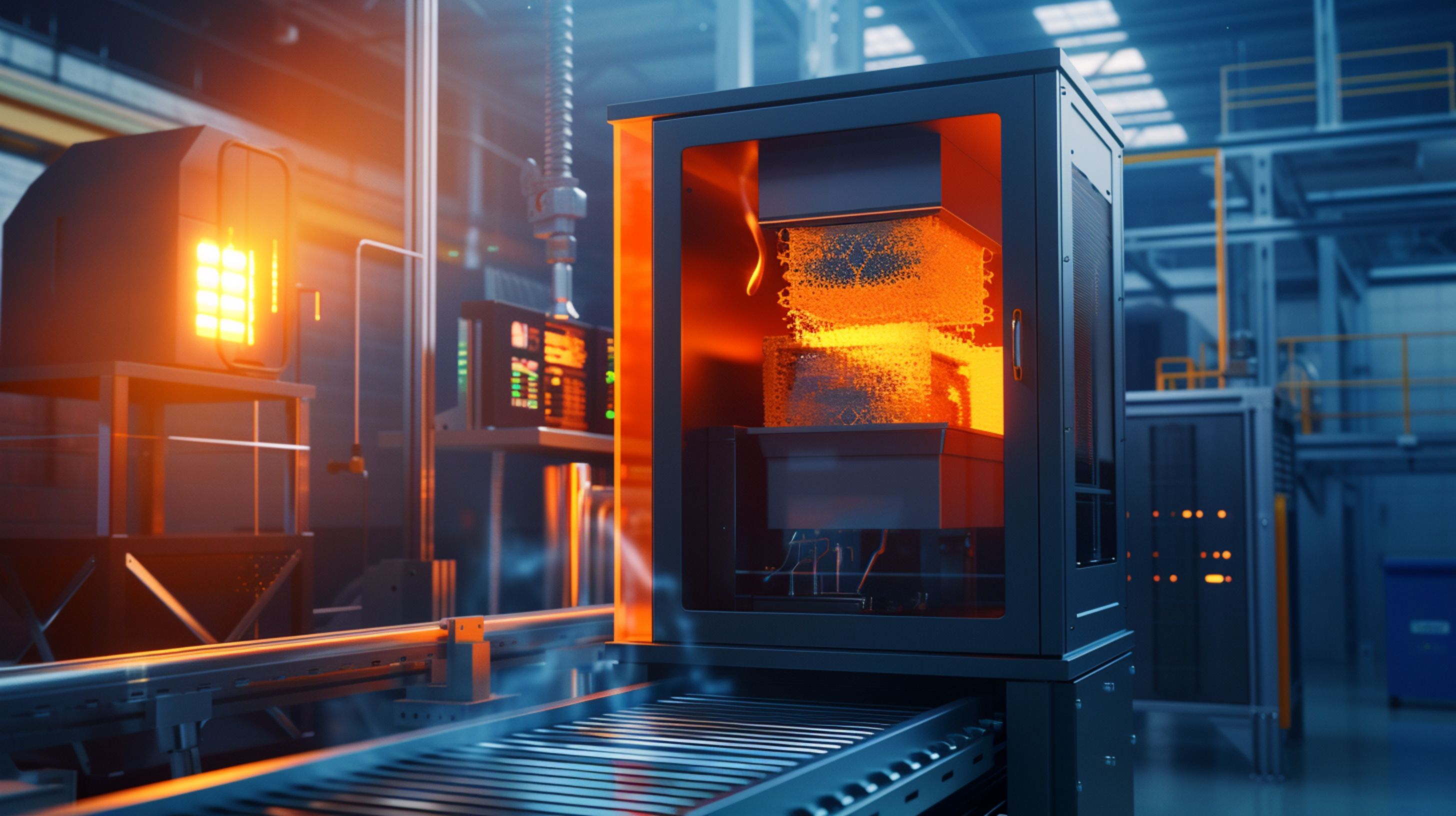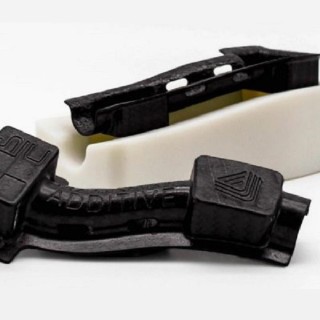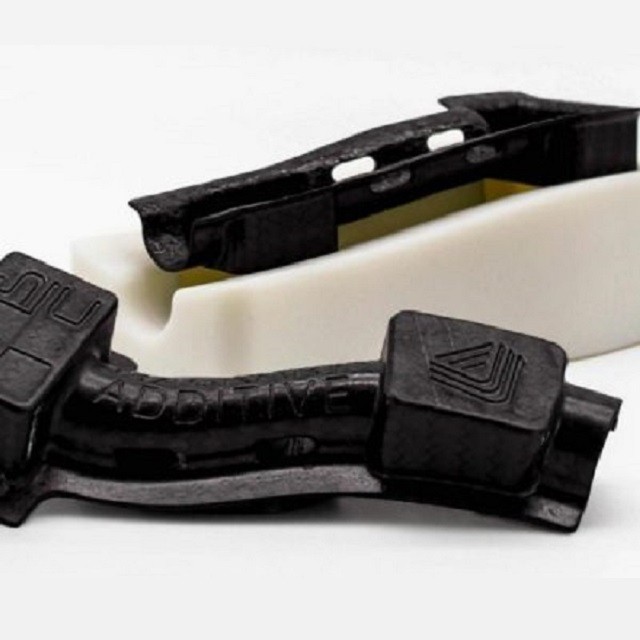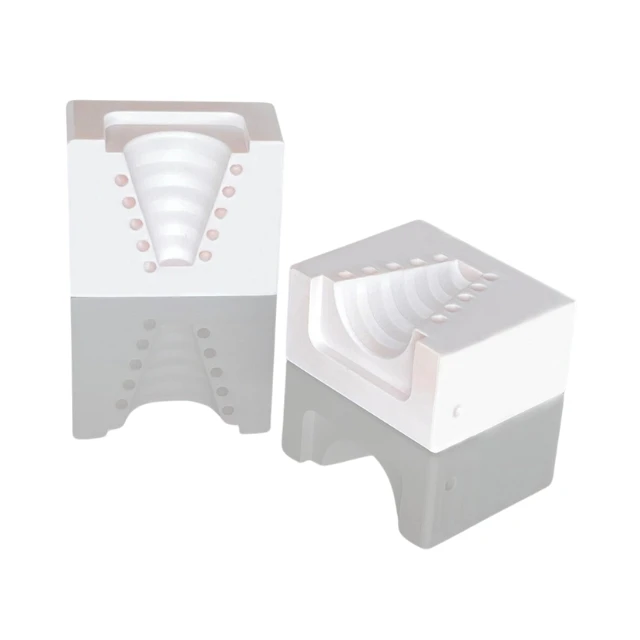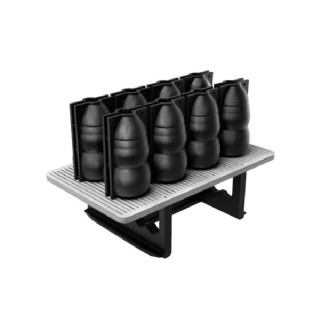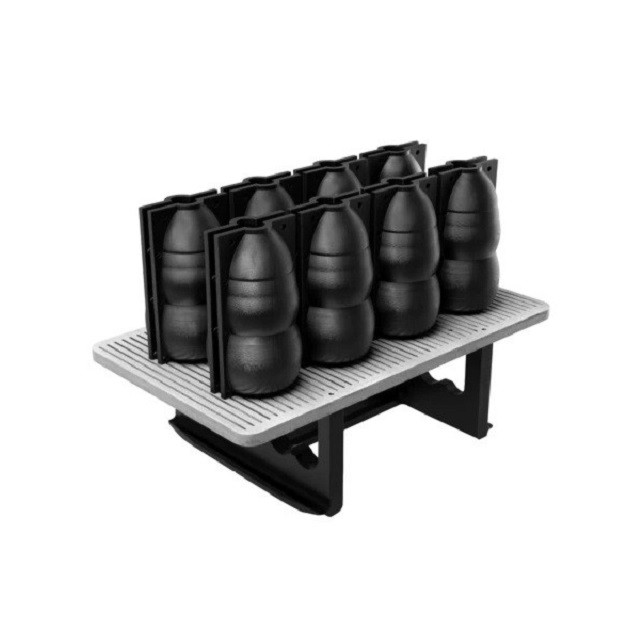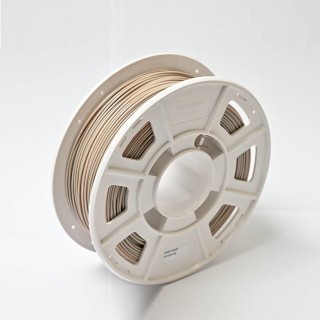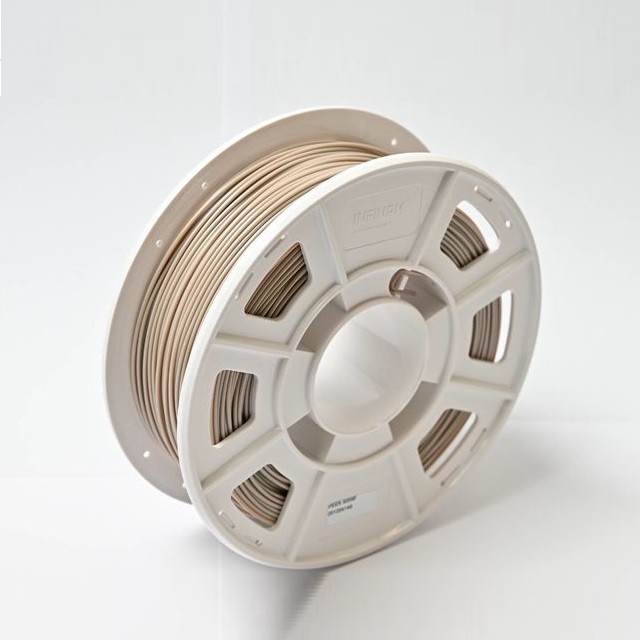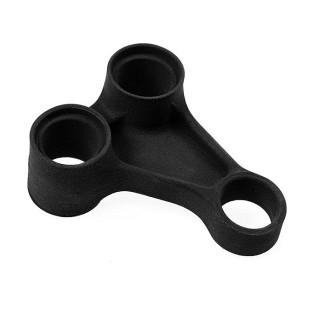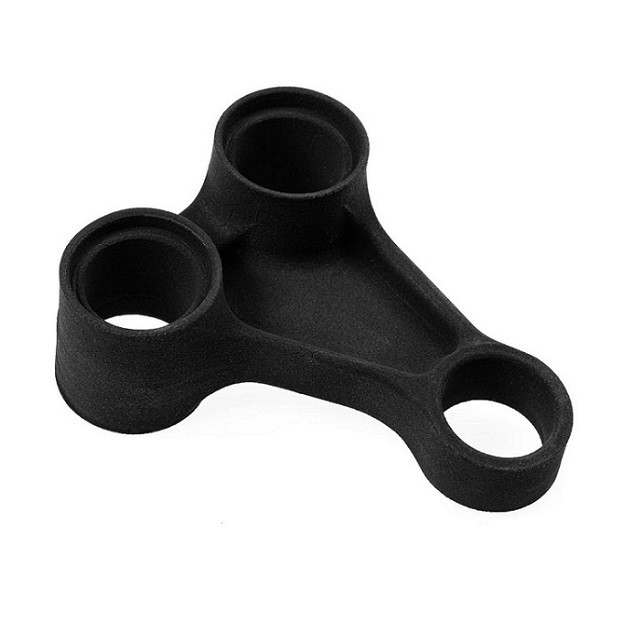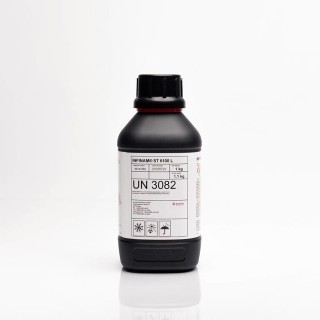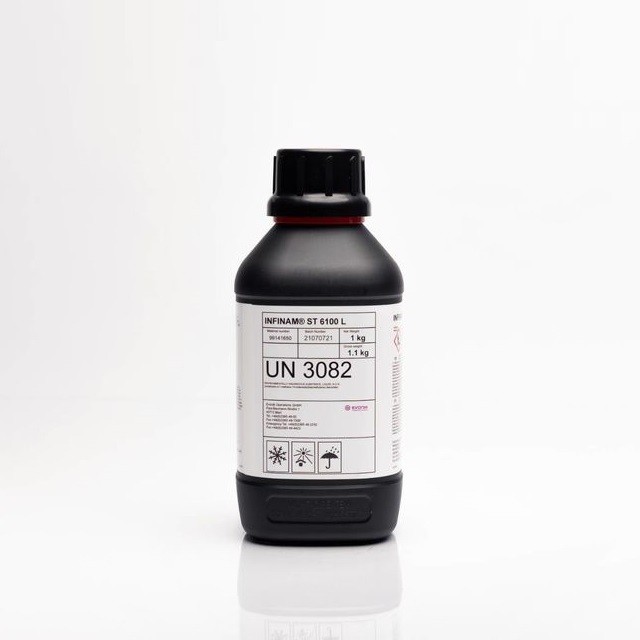What do high temperature resistant components adhere to in 3D printing?
High-temperature resistant parts in 3D printing are components and objects created using additive manufacturing processes that have outstanding heat resistance, making them ideal for applications where exposure to high temperatures is crucial. These parts are engineered to maintain structural integrity, mechanical characteristics, and operation even when exposed to severe temperatures. High-temperature resistant 3D printed parts are used in a variety of industries, including aerospace, automotive, injection molding, industrial production, and energy, where standard materials or manufacturing methods may struggle to work under extreme temperatures. The material selection and 3D printing method are critical to achieve the requisite heat resistance in these produced components.
What are the levels of heat resistance attainable by 3D printing?

Low to Moderate Heat Resistance
Standard thermoplastics, such as PLA (Polylactic Acid) and ABS (Acrylonitrile Butadiene Styrene), provide low to moderate heat resistance. While they are useful in a variety of applications, they may soften or deform at temperatures exceeding 60-80°C (140-176°F).

Moderate to High Heat Resistance
High-temperature thermoplastics such as PETG (Polyethylene Terephthalate Glycol), ASA (Acrylonitrile Styrene Acrylate), and certain ABS mixes offer moderate to high heat resistance. They can tolerate temperatures ranging from 80 to 120°C (176 to 248°F).

Very High Heat Resistance
Specialty filaments such as Polycarbonate (PC) and Polyether Ether Ketone (PEEK) are very heat resistant. Polycarbonate can resist temperatures ranging from 110 to 135°C (230 to 275°F), while PEEK can endure temperatures as high as 250°C (482°F).

Extreme Heat Resistance
Advanced materials, such as metal alloys and ceramics utilised in metal and ceramic 3D printing processes (e.g., Selective Laser Melting - SLM), are extremely heat resistant. These materials can survive temperatures well above 500°C (932°F) and are widely used in aerospace, automotive, and industrial applications where exposure to intense heat is critical.
What are the benefits of 3D printing high temperature resistant parts?
Design Flexibility and Complexity
Additive manufacturing enables the development of elaborate and complicated geometries that would be difficult or impossible to produce using traditional manufacturing methods. This skill is critical in industries like aerospace and automotive, where components frequently require complicated designs to maximise performance. The ability to create complex structures using 3D printing allows engineers and designers to improve the efficiency and usefulness of high-temperature resistant parts.
Customization and Rapid Prototyping
3D printing allows for the creation of high-temperature resistant parts depending on individual application requirements. Whether it's adapting components for aerospace engines, automobile under-the-hood applications, or industrial gear, additive manufacturing enables the creation of bespoke parts at a low cost and lead time. Another significant advantage is rapid prototyping, which allows for faster iterations and testing of concepts. This shortens the product development cycle, enabling for rapid innovation and response to changing demand.
On-demand Printing
On-demand 3D printing of high-temperature-resistant parts transforms manufacturing processes by offering a versatile, efficient, and customizable solution. This method enables the immediate manufacturing of components with outstanding heat resistance, suited to specific industry requirements. With a wide choice of high-temperature-resistant materials at their disposal, producers can select materials that closely match the needed thermal qualities. The on-demand aspect of 3D printing reduces the need for long lead times and expensive tooling, allowing for rapid prototyping and iteration.
What are the applications of 3D printing high temperature resistant components?
Aerospace Components
In the aerospace sector, 3D printing high-temperature resistant parts is commonly used to manufacture components that are subjected to tremendous heat and stress. This includes turbine blades, combustion chambers, and structural components in aviation engines and space vessels. Advanced materials, including high-temperature alloys and ceramics, make it possible to manufacture lightweight yet durable components that are crucial in demanding aerospace settings.
Automotive Engine Parts
3D printing high-temperature resistant parts has numerous uses in the automotive industry, particularly for engine components. Exhaust systems, turbochargers, and combustion chamber components benefit from the heat-resistant qualities of high-temperature thermoplastics, metal alloys, and ceramics. This improves the efficiency and longevity of vehicle engines while allowing for more creative design ideas.
Industrial Components
There are a number of industrial components that require high-temperature resistant parts. Industrial furnaces are one of the many applications where it shines the most. Metal smelting, glass manufacture, and heat treatment are among the industries that use 3D printing to create customised and long-lasting furnace components. These components, which are frequently exposed to extreme temperatures, benefit from the heat-resistant qualities of advanced materials such as refractory metals, ceramics, and high-temperature polymers. 3D printing enables the fabrication of precise cooling channels and optimal structures, hence increasing the efficiency and lifespan of industrial furnaces.
What materials do we recommend for high temperature-resistant 3D printing?
Somos® PerFORM™ from Stratasys® - Printed on the Stratasys® Neo®800
Somos® PerFORM™ is the photopolymer of choice for composite parts that need to be strong, stiff, and resistant to high temperatures. Somos® PerFORM™ is the appropriate material for a wide range of applications, including tooling, wind tunnel testing, high temperature testing, electrical casings, and automobile housings, due to its superior heat tolerance, detail resolution, and stiffness.
Parts created with Somos PerFORM™ have the lowest viscosity of any composite stereolithography (SLA) material, making them faster to build, easier to post-process, is superior in sidewall quality, and provides unrivalled detail resolution. Somos® PerFORM is a ceramic material with extremely high heat tolerance and rigidity.
HDT @ 0.46 MPa: 132°C (UV Post Cure) and 268°C (Thermal Post Cure)
HDT @ 1.81 MPa: 82°C (UV Post Cure) and 119°C (Thermal Post Cure)
The Stratasys® Neo®800 was designed with the customer in mind for reliable, gold standard SLA 3D printing. Using the Somos® PerFORM™ on the Stratasys® Neo®800 lets you produce dimensionally accurate parts with exceptional sidewalls and crisp feature resolution, resulting in a 50% reduction in finishing time.

Neo®800

Have your components 3D printed now! Do you have any questions? Contact our experts!
xCERAMIC3280 from Nexa3D® - Printed on the Nexa3D® XiP Pro
Nexa3D® and BASF developed xCERAMIC3280 also known as Ultracur3D® RG 3280, a white ceramic composite resin that combines rigidity and high heat deflection with a ceramic look and feel, opening up new 3D printing possibilities such as wind tunnel testing models, electronic housing and enclosures, and even household goods.
The low viscosity of xCERAMIC3280 allows for incredibly quick printing, producing great detail and mechanical properties in minutes.
HDT @ 0.45 MPa: 205°C (60 minute UV post cure) / 278°C (60 minute UV post cure +2 hrs at 150°C)
HDT @ 1.82 MPa: 120°C (60 minute UV post cure) / 153°C (60 minute UV post cure +2 hrs at 150°C)
The XiP Pro printer from Nexa3D® is one of the ultra-fast resin 3D printers that are specifically made for the xCERAMIC3280 resin. The unique LSPc® technology of Nexa3D® allows for the rapid manufacture of high-temperature resistant parts with high resolution in a matter of hours.

XiP Pro

Have your components 3D printed now! Do you have any questions? Contact our experts!
xPEEK147 from Nexa3D® also known as IND147 from LOCTITE 3D - Printed on the Nexa3D® XiP Pro
xPEEK147 is a high-temperature-resistant resin with an HDT of 230°C and exceptional dimensional stability for low-load molding applications. xPEEK147 has a good surface finish and enough toughness to withstand mechanical pressures during molding processes.
Its distinctive qualities make it perfect for applications like silicone and polyurethane molding.
HDT @ 0.455 MPa: 238°C
HDT @ 1.82 MPa: 107°C
The XiP Pro printer from Nexa3D® is one of the ultra-fast resin 3D printers that can process the xPEEK147 from Nexa3D® also known as IND147 from LOCTITE 3D resin. The unique LSPc® technology of Nexa3D® allows for the rapid manufacture of high-temperature resistant parts with high resolution in a matter of hours.

XiP Pro

Have your components 3D printed now! Do you have any questions? Contact our experts!
ULTEM™ AM9085 from Stratasys® - Printed on the Stratasys® Fortus® 450mc
ULTEM™ AM9085 filament is a high-performance thermoplastic with exceptional physical and mechanical qualities, ideal for high-demand and specialist applications. It is one of the strongest Stratasys® FDM materials, and its high strength-to-weight ratio makes it ideal for high-strength, low-weight applications.
ULTEM™ AM9085 filament has strong impact resistance, excellent chemical tolerance, and meets various industry standards for flame, smoke, and toxicity.
HDT @ 0.45 MPa: 176.9°C
HDT @ 1.82 MPa: 172.9°C
The Fortus® 450mc provides precise, dependable performance that lets you save production costs. Its proven reliability and capability to use the ULTEM™ AM9085 makes it a trusted 3D printing solution for manufacturers in the aerospace, automotive, rail, oil and gas, and commercial products industries.

Have your components 3D printed now! Do you have any questions? Contact our experts!
INFINAM® PEEK from Evonik - Printed on the Roboze ARGO 500
One of the distinguishing features of the INFINAM® PEEK filament is its great temperature resistance, which makes it ideal for printing items that must endure extreme temperatures.
With a glass transition temperature of 152 °C, this material can endure long-term temperatures of up to 250 °C and short-term temperatures of up to 300 °C, allowing for the fabrication of parts suitable for use in hostile environments. PEEK filament is also extremely resistant to most organic and inorganic compounds, dissolving only in intense sulfuric and nitric acid.
HDT @ 0.45 MPa: 205°C
HDT @ 1.80 MPa: 155°C
The Roboze ARGO 500 is a high-temperature industrial 3D printer from the Italian manufacturer Roboze that has an extruder capable of reaching 450°C and build envelope that heats up to 180°C. The ARGO 500 is compatible with the INFINAM® PEEK from Evonik and can create large-format parts with a 10 µm positioning accuracy with consistent repeatability.
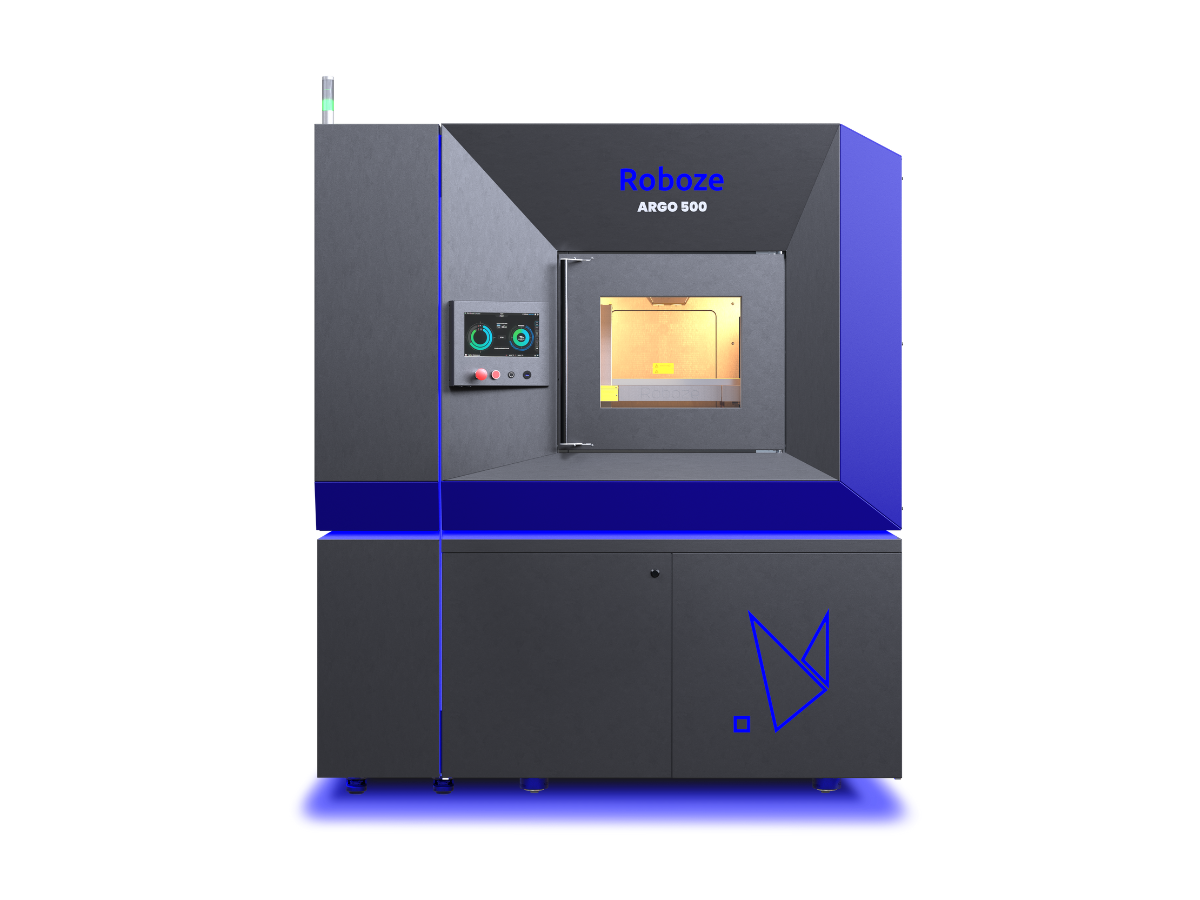
ARGO 500

Have your components 3D printed now! Do you have any questions? Contact our experts!
PA11 CF from Nexa3D® - Printed on the Nexa3D® QLS 260
PA11 CF (Carbon Fiber) is a material made from biological components (castor oil) that has outstanding robustness, ductility, and impact strength. A sustainable alternative to PA12.
PA11 CF is an excellent material for laser sintering and is especially well-suited for the production of long-lasting items like hinges. This material has a high elongation before breaking-elastic, is very impact resistant, has good formability and pliability, and can be utilised for skin contact applications.
HDT @ 0.45 MPa: 189°C
HDT @ 1.80 MPa: 151°C
With an unrivaled 21-hour cycle time, the Nexa3D® QLS 260 uses a single 60 Watt CO2 laser to manufacture PA11 CF production components and prototypes with high mechanical and thermal properties.
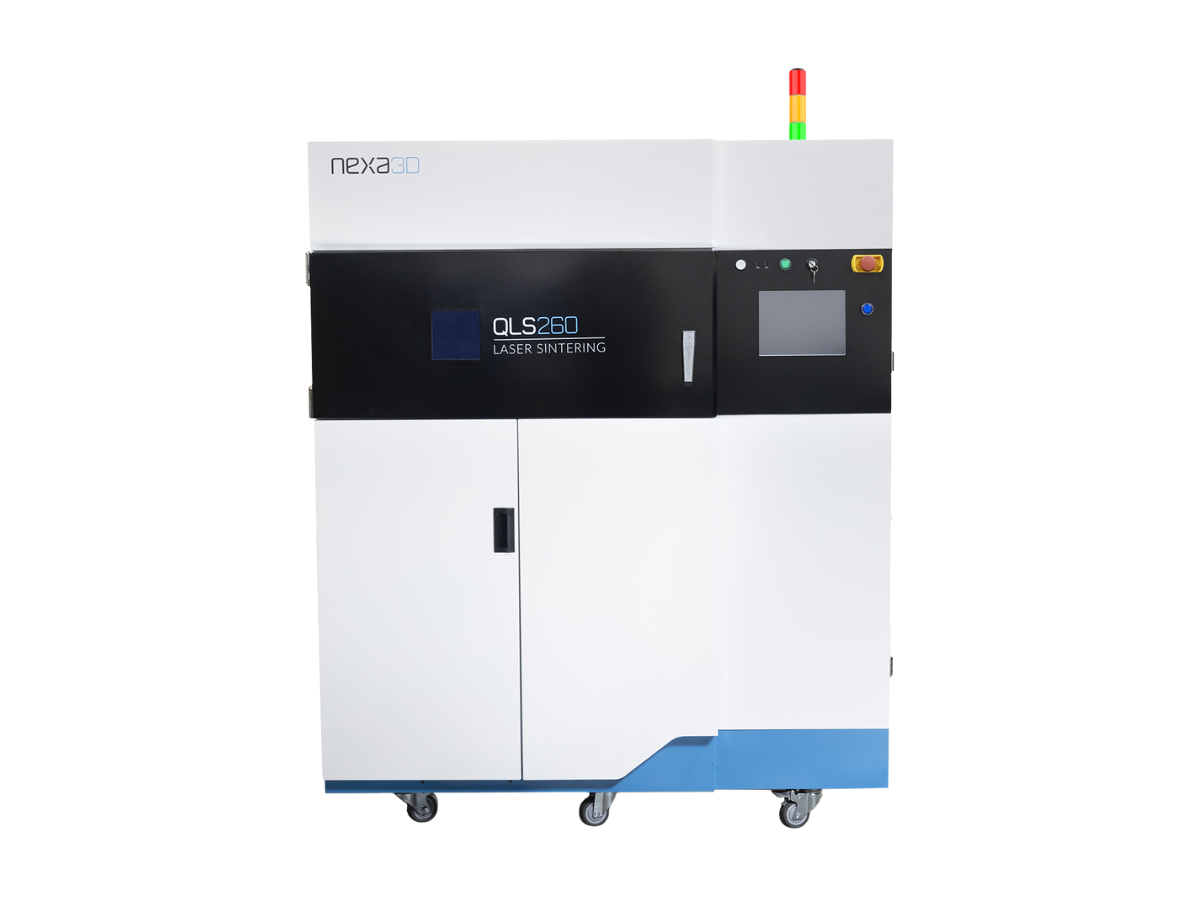
QLS 260

Have your components 3D printed now! Do you have any questions? Contact our experts!
INFINAM® ST 6100 L from Evonik - Printed on the Stratasys® Neo®800
INFINAM® ST 6100 L is a high-performance material that unlocks the potential of high temperature resistant manufacturing. INFINAM® ST6100 L sets new standards in the high-strength photopolymer resin category with a combined tensile strength of 89 MPa, flexural stress of 145 MPa and HDT of 120 °C, closing the material gap in ultra-high-strength photopolymers.
These special material properties make INFINAM® ST 6100 L the material of choice for applications requiring high temperature resistance combined with high mechanical strength.
HDT @ 0.45 MPa: 120°C
HDT @ 1.82 MPa: 93°C
The Stratasys® Neo®800 is ideal for those who need large high-definition parts for their applications. Using such a machine to print the INFINAM® ST 6100 L allows you to quickly produce large-format high temperature resistant SD and HD parts with fine resolution and intricate, small details.

Neo®800



